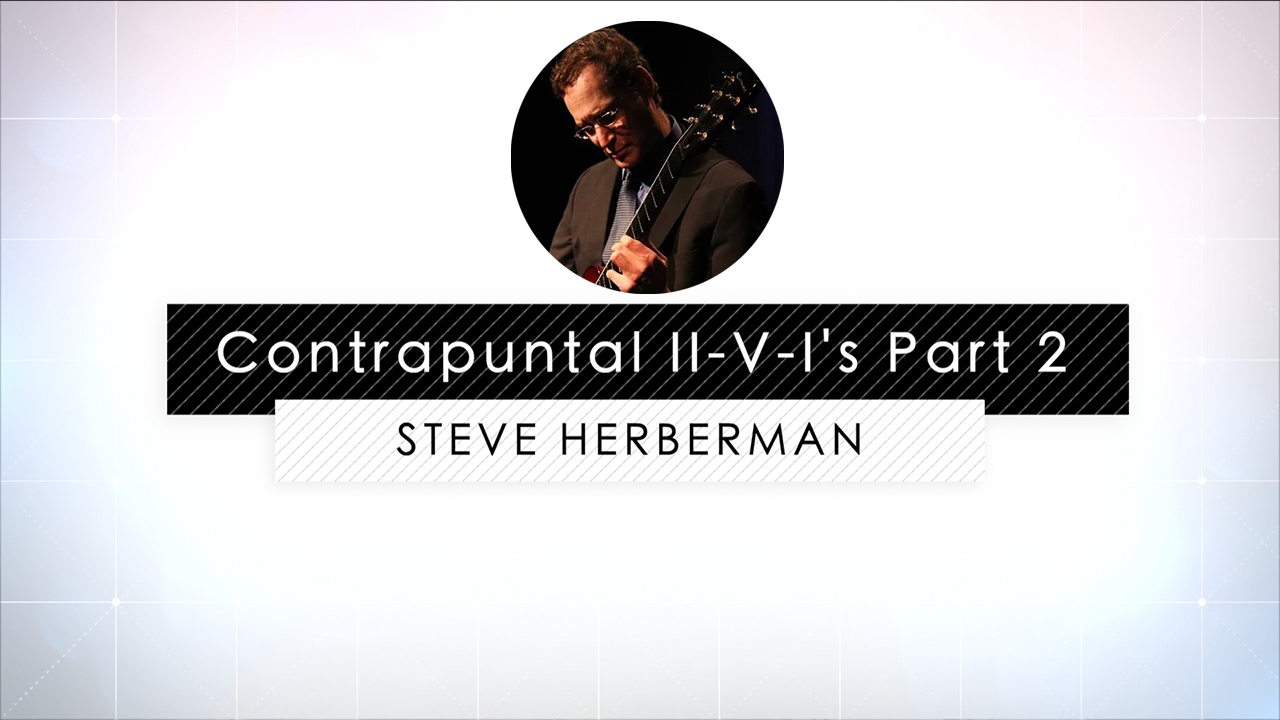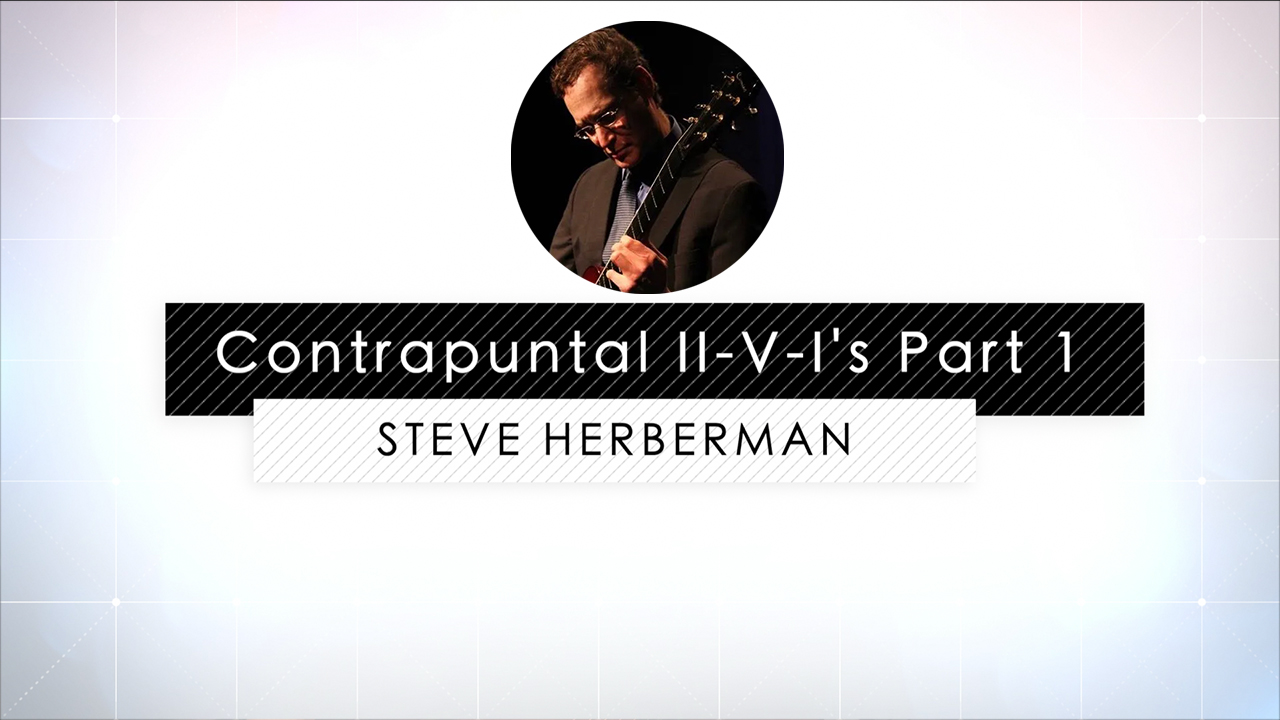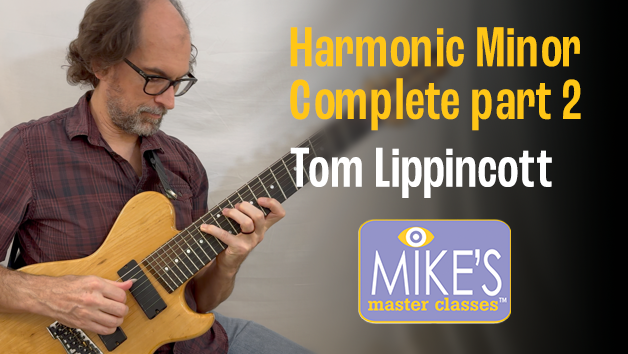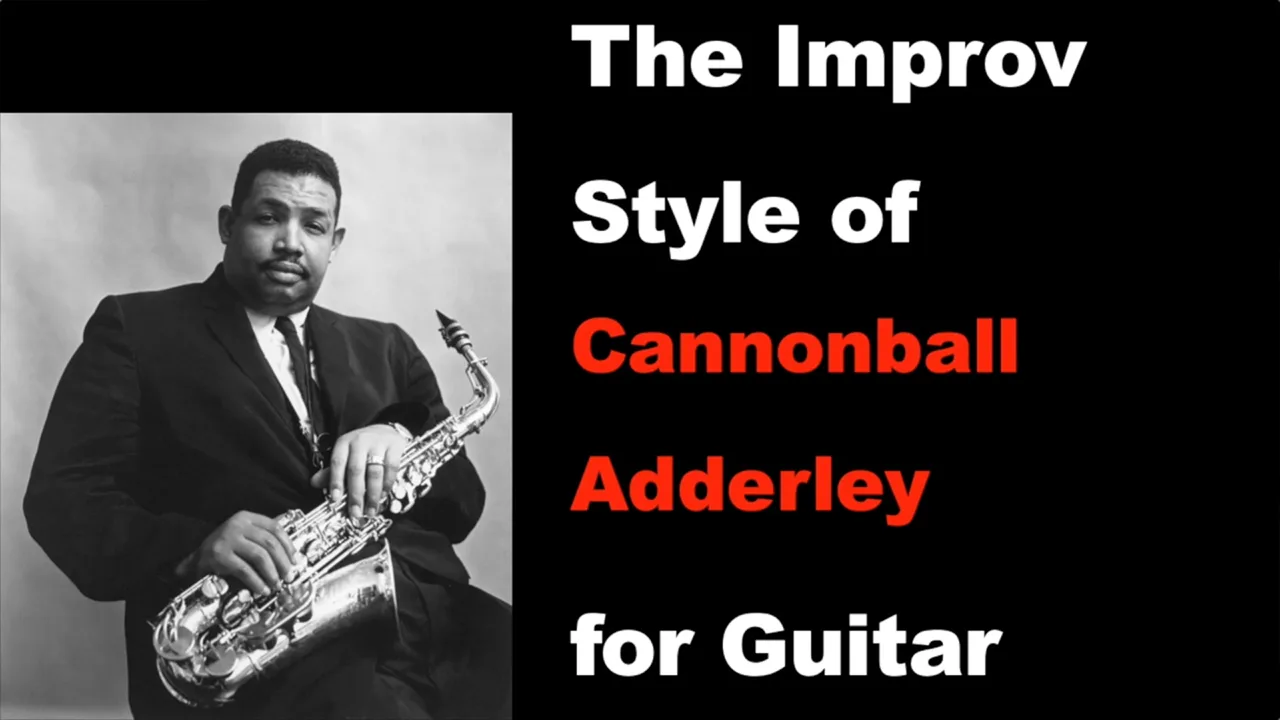
Contrapuntal II-V-I's Part 2
1 lessons$14.95

Learn from the best jazz guitarists from the comfort of your home. On your time, at your pace.






Join thousands of students learning from industry experts. Get lifetime access to all course materials.
Explore All Courses